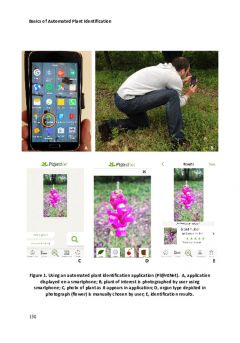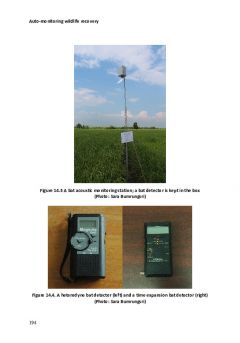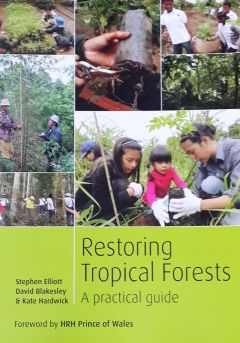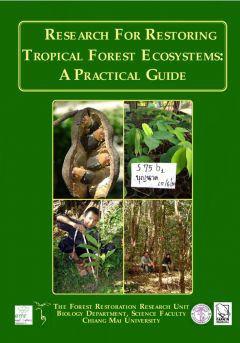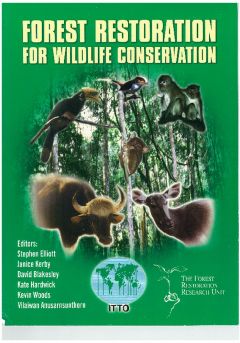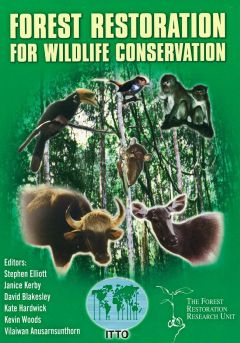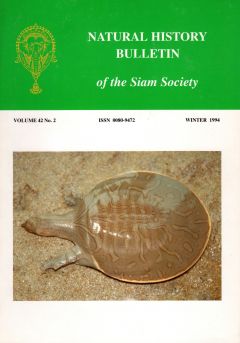Publications
1: Basics of automated plant identification
ABSTRACT: Historically, image-based dichotomous plant identification keys precede text-based ones by nearly one hundred years. Having lain in conceptual torpor for over 300 years, the notion of...
2: Auto-monitoring wildlife recovery
ABSTRACT: Wildlife monitoring during forest restoration addresses such questions as: What species re-colonize or disappear from restored areas? How many individuals are present? What are the...
3: Restoring Tropical Forests: a Practical Guide
Available in English, Spanish and French The authors at a publishers' meeting, Kew 2012Restoring Tropical Forests is a hands-on guide to restoring degraded tropical forest ecosystems. Based...
4: Research for Restoring Tropical Forest Ecosystems: A Practical Guide
Aimed at researchers and their supervisors, this technical manual describes how to establish a forest restoration research unit (FORRU) and implement a research program to determine how best to...
5: Forest Restoration for Wildlife Conservation
In 2000, there was little interest in restoring tropical forest ecosystems as wildlife habitat. The need was to consolidate the concept and to identify how scientific research might contribute...
6: The Chiang Mai Research Agenda for the Restoration of Degraded Forestlands for Wildlife Conservation in Southeast Asia
Back in 2000, forest restoration research was far from main stream. Deforestation was regarded as irreversible and the idea that ecologists could actually find a way to restore tropical forest...
7: The effect of artificial perches and local vegetation on bird-dispersed seed deposition into regenerating sites
ABSTRACT: Knowledge of the role of birds in natural regeneration could be used to accelerate and reduce the costs of forest restoration. The objectives of this study were to determine: (1) whether...
8: Measuring and monitoring biodiversity in tropical and temperate forests - review of an international symposium
The international symposium on "Measuring and Monitoring Biodiversity in Tropical and Temperate Forests" was organized by the International Union of Forest Research Organizations and the Royal...
9: Can community forestry save biodiversity?
SUMMARY: All over the world, governments are handing over control of state forests to local communities, in the hope that local communities will manage them better than state agencies have. But...
-
- 37: 9
- 12: 6
- 13: 4
- 14: 4
- 33: 4
- 34: 4
- 10: 3
- 11: 3
- 15: 3
- 35: 3
- 36: 2
- 39: 2
- 41: 2
- 40: 1
-
- 42: 4
- 47: 3
- 45: 2
-
- 21: 9
- 48: 2

